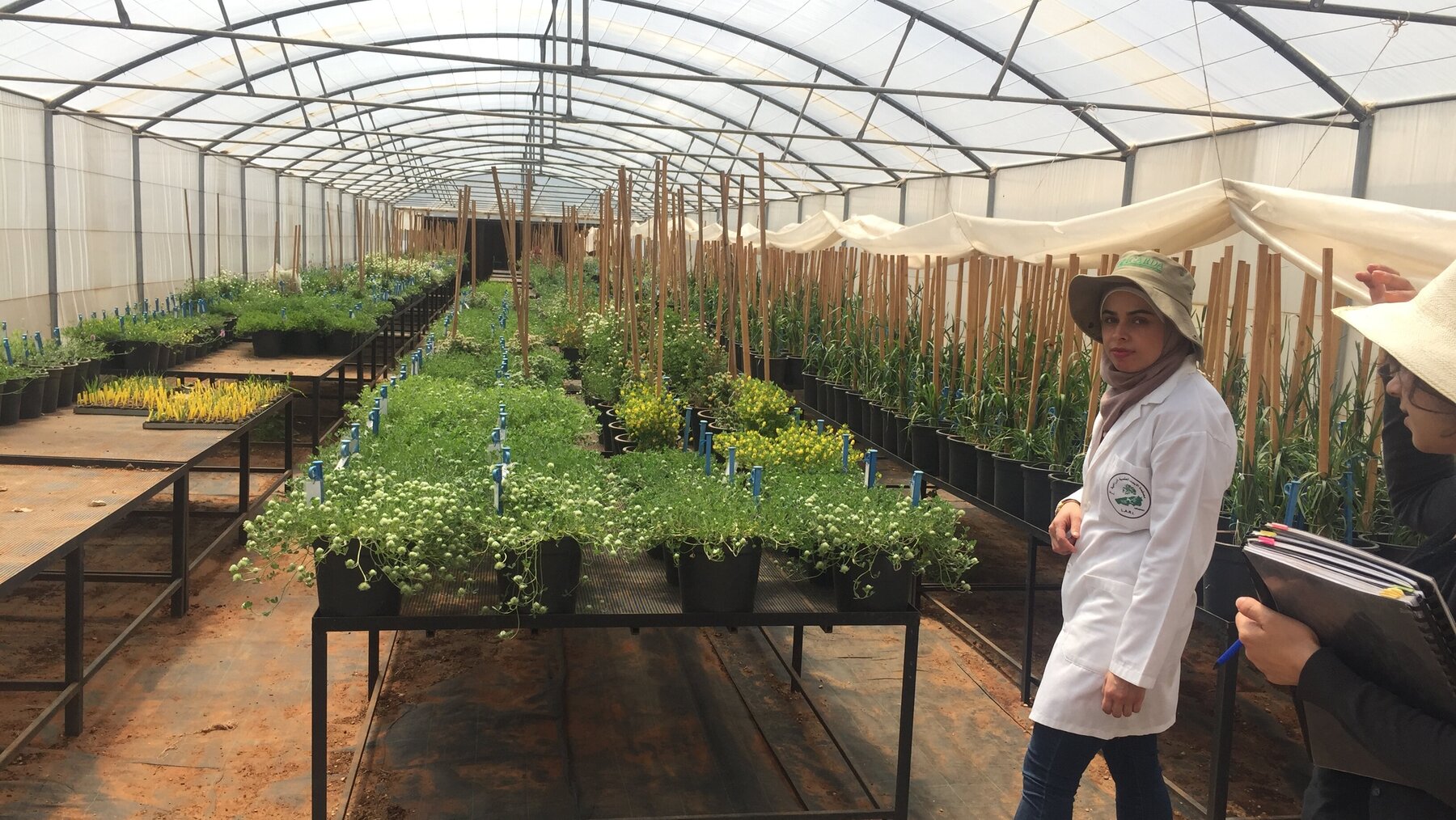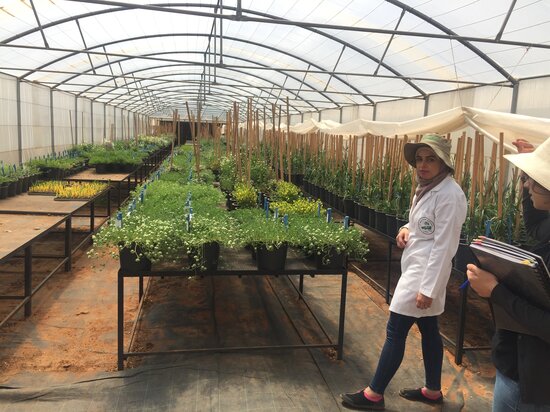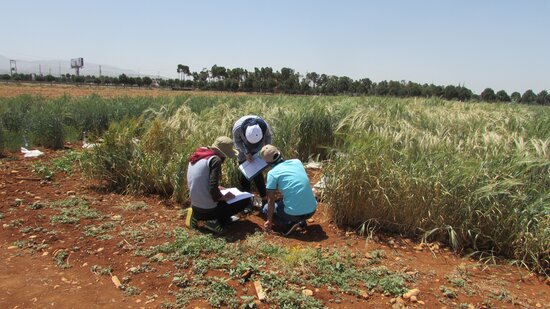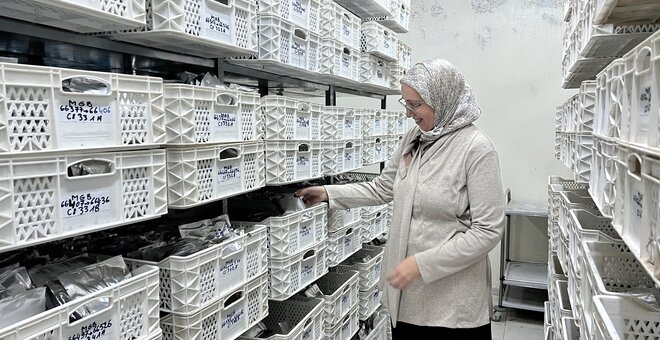Lebanon: National Seed Bank
Location
Tal Amara, Lebanon
Parent Organization
Lebanese Agricultural Research Institute
Mission
- To ensure ex situ conservation of plant genetic resources for food and agriculture and improve their access and usefulness
- To make available plant genetic resources and information on their potential use
- To enhance farm diversification and improve farmers livelihood
- To enhance utilization of inter- and intraspecific diversity
Date Established
2013
Number of Samples Conserved
2,387 (as at June 2023)
Main Crops Conserved
- Cereals, including wheat and barley
- Grain legumes, including lentil and chickpea
- Forage crops, including legumes and grasses
- Crop wild relatives of food and feed legumes and cereals
- Medicinal and aromatic plants
Background
The National Seed Bank of Lebanon was established in 2013 by the Lebanese Agricultural Research Institute (LARI) to conserve and coordinate sustainable use of agriculturally important plant genetic resources in Lebanon. The Seed Bank is located at the Tel Amara site in the Bekaa Valley.
- The Seed Bank holds nearly 2,400 samples covering some 1,000 species from 462 genera.
- The Millennium Seed Bank (MSB), Kew, UK, and LARI have been conducting joint collecting missions in Lebanon, with all samples collected being stored at MSB until 2013.
- In 2013, some 1,300 seed samples were repatriated from MSB to the National Seed Bank.
- Crop wild relatives collected in Lebanon under the Crop Trust-led Crop Wild Relatives Project are all safety-duplicated at MSB and the genebank of the International Center for Agricultural Research in the Dry Areas (ICARDA) in Lebanon.
- In 2020, the Seed Bank deposited 453 seed samples in the Svalbard Global Seed Vault.
- The genebank has a history of informal collaboration with researchers and breeders at LARI, ICARDA and many others in Lebanon.
- The Seed Bank has distributed a total of some 1,000 samples over the past 5 years, mostly internationally.
The Collection
Lebanon is particularly rich in crop genetic resources, such as wheat, barley, lentils, medics, onion, garlic and many fruit trees, such as almonds, pears, plums and pistachio. Also, wild harvested plants are used as food including leafy vegetables and aromatic plants. The country is included in the center of diversity for many wild species, particularly Triticum (wheat) (T. thoudor, T. dicoccoides, T. urartu and T. boeoticum), Hordeum (barley) (H. spontaneum, H. murinum, H. marinum and H. bulbosum), Aegilops (wheat), Allium (onion), Astragalus (medicinal herb), Avena (oat), Capsicum (pepper), Cicer (chickpea), Dactylis (forage grass), Lathyrus (grasspea), Lens (lentil), Lolium (rye grass), Medicago (forage, including alfalfa), Phaseolus (bean), Pisum (pea), Trifolium (clover), Trigonella (fenugreek) and Vicia (vetch).
As part of the Crop Wild Relatives Project, staff from the Seed Bank collected and conserved 400 accessions of 11 Annex I crops: alfalfa, barley, bread wheat, chickpea, faba bean, grasspea, lentil, oat, pea, rye and vetch.
Stories on Lebanon
Support for National Genebanks Underway
Seeds maintained in genebanks worldwide are the foundation of our future food and nutrition security.
16 Jun 2022





